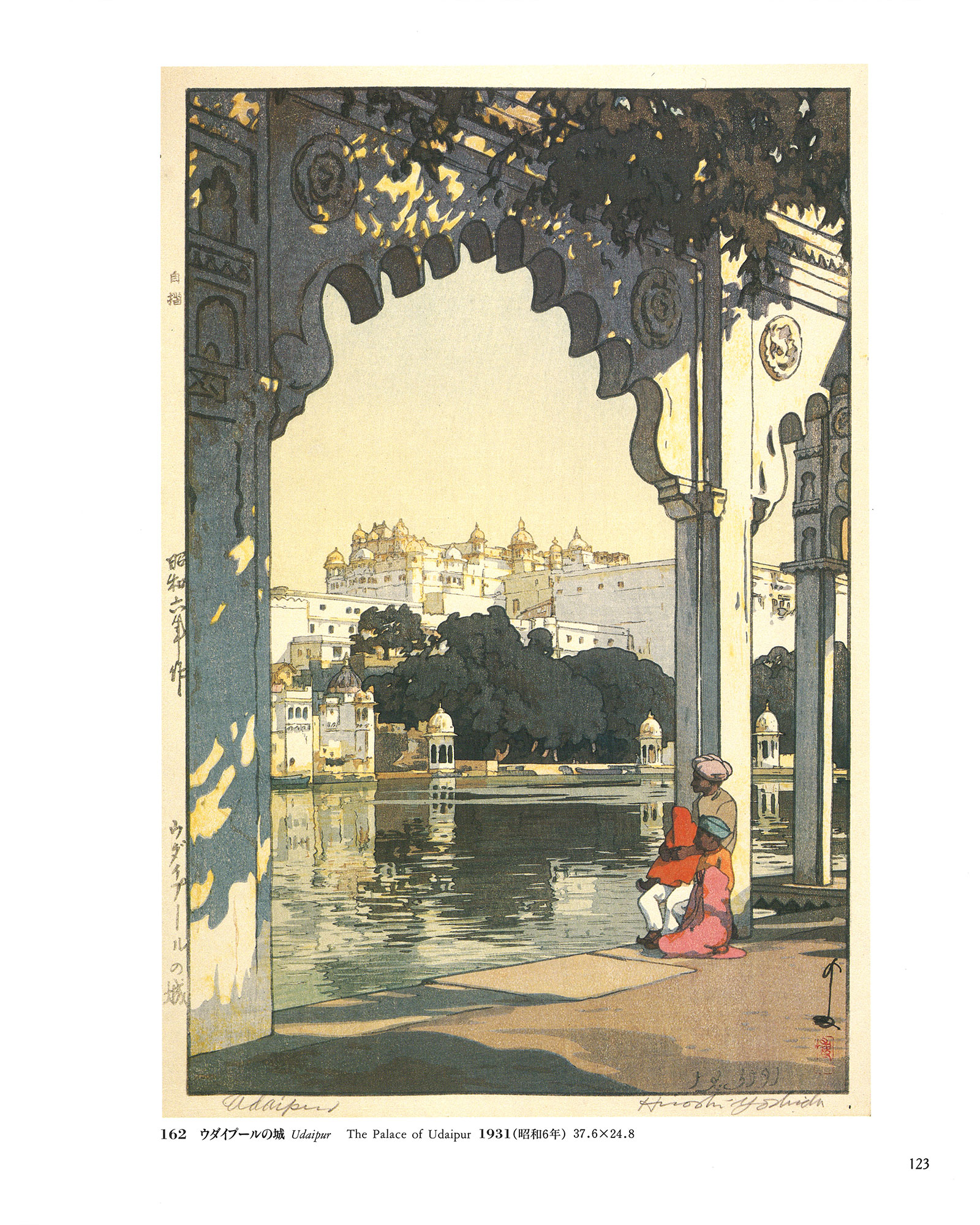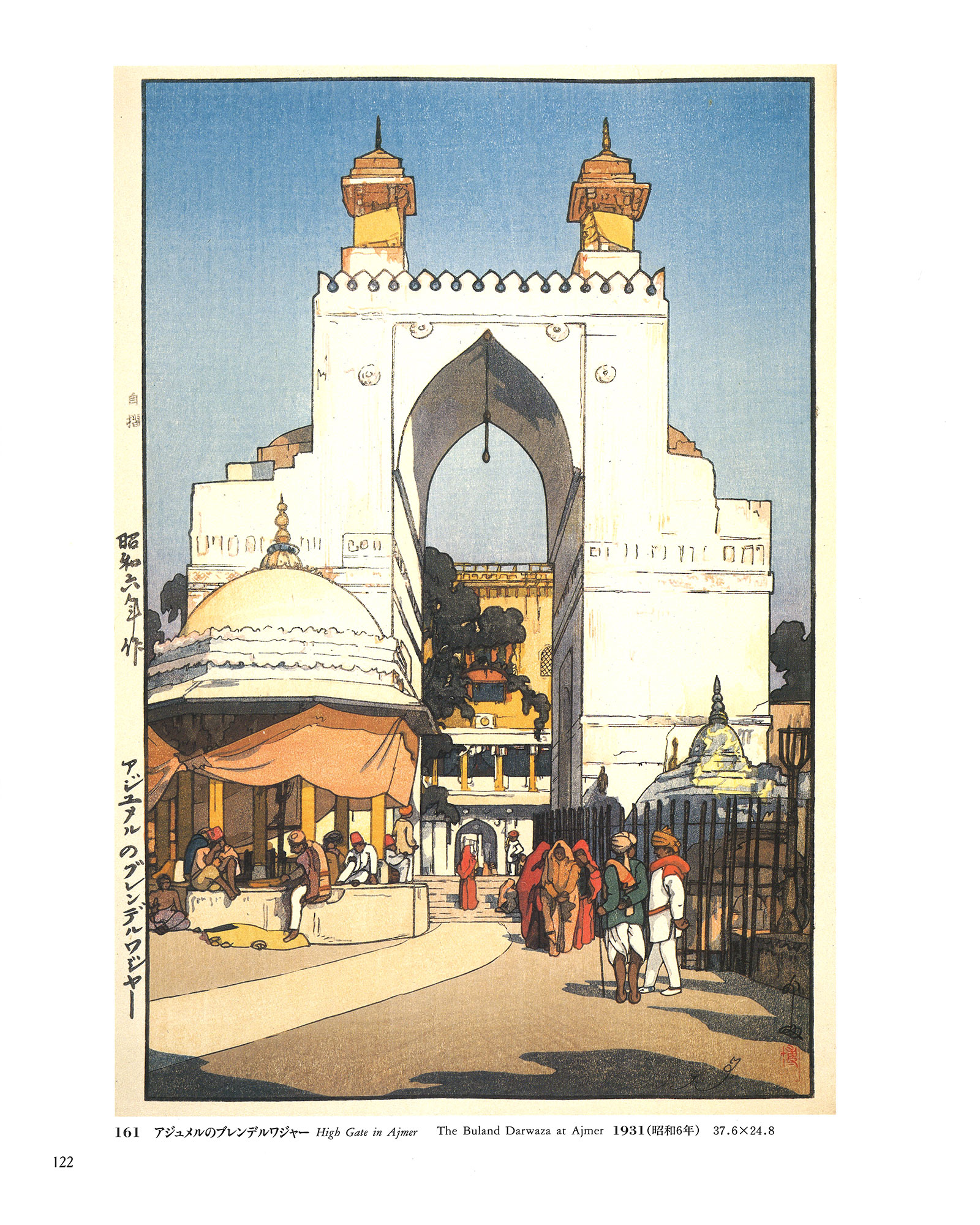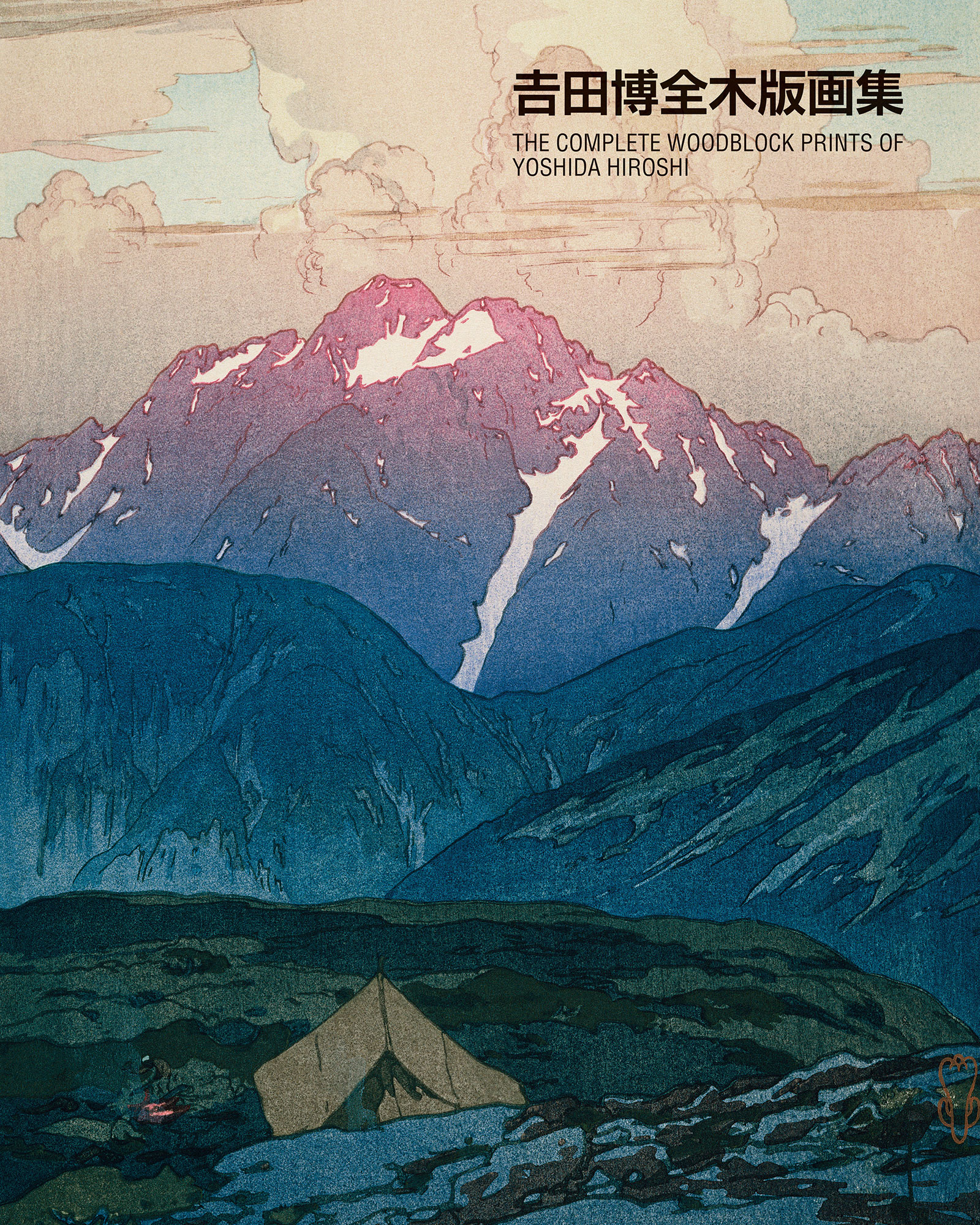The Colours of India Engraved on Wood
Hiroshi Yoshida travelled to India in 1930 and his voyage inspired a series of prints immortalising the highlights of his visit.

© ABE PUBLISHING LTD
The Taj Mahal illuminated by the soft morning light or the pale glow of the moon, the summits of Mount Kangchenjunga in the Himalayas, snake charmers in Jaipur, the stately profile of the Victoria Memorial in Calcutta… Hiroshi Yoshida, painter and wood engraver, travelled across the different states in India over a period of just over four months. On his return, the artist transcribed the most iconic landmarks on his voyage in the form of engravings.
Hiroshi Yoshida was born in 1876 on the island of Kyushu. After receiving artistic training in the city of Kurume, he left for Kyoto at the age of 20, where he learnt the rudiments of oil painting and watercolour alongside artist Soritsu Tamura. A few years later, he was initiated into western-style painting in Tokyo. Hiroshi Yoshida soon left Japan to travel around the United States, Europe, and North Africa where he sold his works. He only began wood engraving in the 1920s, and became one of the most famous figures in the shin-hanga movement (‘new prints’), which revived traditional ukiyo-e prints by modernising them, combining Japanese and western techniques.
Playing with light
When he left for India in 1930, Hiroshi Yoshida was one of the first people from Japan to set foot on the subcontinent. Known for his work with colours on wood, the lightness and transparency of which recall his work in watercolour, the artist focused mainly on tourist sites. Fascinated by the broad spectrum of brightness over the course of the day, Hiroshi Yoshida often reproduced the same subject at different times of day or night in his series of 32 engravings.
He spent two years creating this series, which earned him international recognition. His pieces presenting India were exhibited at the Ashmolean Museum in Oxford in 2015.
The Complete Woodblock Prints of Yoshida Hiroshi (2001), a book of prints by Hiroshi Yoshida, is soon to be re-released by ABE Publishing.

© ABE PUBLISHING LTD

© ABE PUBLISHING LTD
TRENDING
-
The Tattoos that Marked the Criminals of the Edo Period
Traditional tattoos were strong signifiers; murderers had head tattoos, while theft might result in an arm tattoo.

-
The Story of Sada Yacco, the Geisha who Bewitched Europe
Described by Dazed magazine as the first beauty influencer, she has been restored to her former glory since 2019.

-
Chiharu Shiota, Red Threads of the Soul
Last year, more than 660,000 people visited the retrospective 'Chiharu Shiota: The Soul Trembles' exhibit at the Mori Art Museum.

-
Japanese Left-field Pop From The CD Age, 1989-1996
‘Heisei No Oto’, a compilation of hidden gems in the unspoken depths of Japanese pop, reveal blissful moment of technological possibility.

-
‘Shojo Tsubaki’, A Freakshow
Underground manga artist Suehiro Maruo’s infamous masterpiece canonised a historical fascination towards the erotic-grotesque genre.





